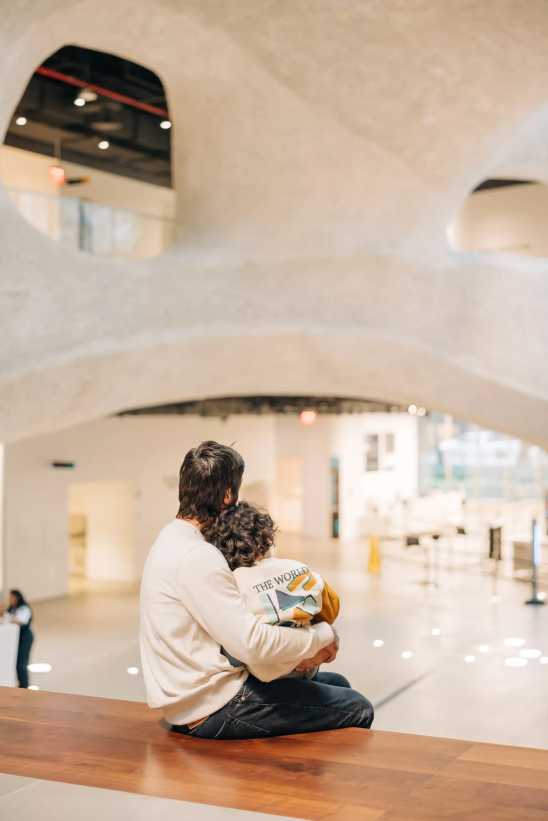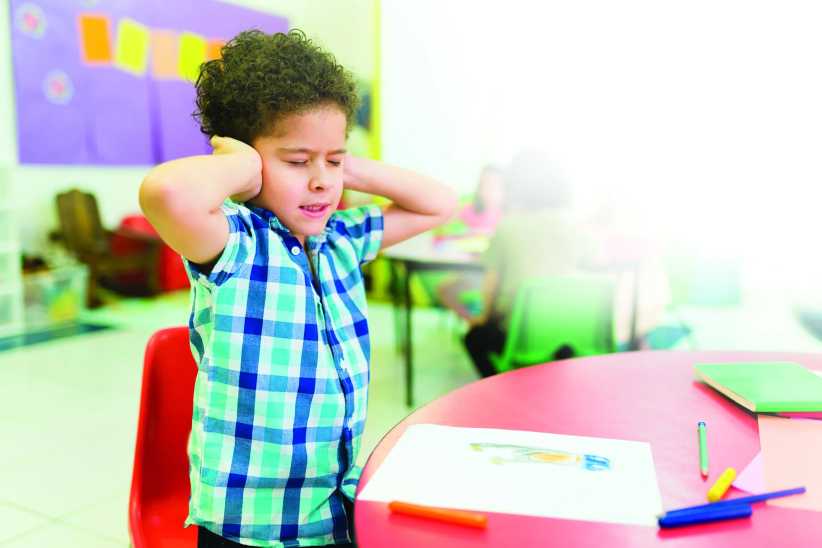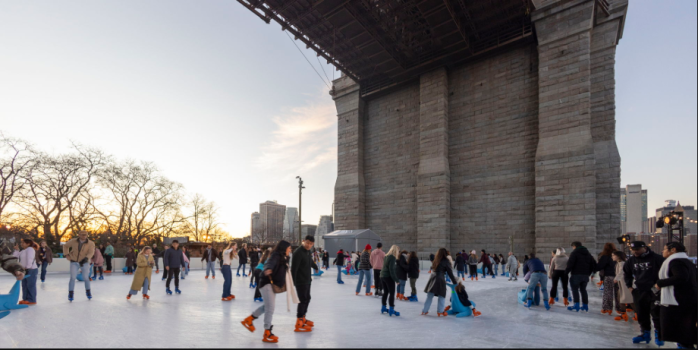My 8-year-old niece has just been diagnosed with juvenile arthritis, which is a condition that I don’t know much about. Is the disease related to genetics? If so, what signs should I look for in my own children? I would also like to know more about what my niece is experiencing and how the disease will be treated.
Juvenile arthritis is an umbrella term that describes many autoimmune and inflammatory conditions that can develop in children ages 16 and younger. Juvenile arthritis affects 300,000 children in the United States but no exact cause is known. Researchers believe juvenile arthritis may be related to genetics, certain infections, and environmental triggers.
Juvenile idiopathic arthritis is one of the most common forms of juvenile arthritis. Symptoms of juvenile idiopathic arthritis include the swelling of one or more joints for six weeks or longer, muscle and soft tissue tightening, bone erosion, joint misalignment, and changes in a child’s growth.
There are several types of juvenile idiopathic arthritis; the most common is called oligoarthritis. Forty percent of children with juvenile idiopathic arthritis have oligoarthritis, which involves inflammation of four or fewer joints. The inflammation causes pain in about 75 percent of patients, but mostly inhibits range of motion. Oligoarthritis is more common in Caucasian children and girls, and is associated with causing uveitis, or eye inflammation. It typically develops at around age 6 with an inflamed leg joint, usually in the knee or the ankle.
Polyarthritis affects about 25 percent of the children diagnosed with juvenile idiopathic arthritis and involves inflammation of five or more joints within the first six months. Like oligoarthritis, polyarthritis is more common in girls, but it can occur at any age and can affect small and large joints, including the neck and jaw, making it difficult for a child to chew.
Systemic arthritis affects the entire body, beyond the joints, and impacts about 10 percent of children with juvenile idiopathic arthritis. Symptoms, such as stubborn fever, mild rash, and inflammation of the spleen, usually occur in elementary school age children.
Finally, enthesitis-related arthritis typically affects boys more often than girls and involves the inflammation of the enthesis, sites where the tendon attaches to the bone. The most common affected areas are the knees, heels, and bottom of the feet. As a result, children with enthesitis often report heel, foot or knee pain, with or without swelling.
Other, less common, non-juvenile idiopathic arthritis types of juvenile arthritis include juvenile lupus and juvenile psoriatic arthritis.
Identification of the particular type of arthritis to be treated determines whether a nonsteroidal anti-inflammatory drug, which relieves pain, or a disease-modifying anti-rheumatic drug, which prevents joint damage, or a different approach, is most appropriate.
Exercise often loosens stiff joints, strengthens muscles, and improves range of motion. In general, moderate exercise such as swimming, family walks, and bike rides can help keep the symptoms of juvenile arthritis in check. Physical therapy can restore motion and increase flexibility in joints, while occupational therapy can keep children active in school and extra-curricular activities. Diet and nutrition is especially important, as children with arthritis need to maintain a healthy weight — every extra pound places additional pressure on knees, hips, and ankles.
While there is currently no cure for juvenile arthritis, there are many available treatment options and lifestyle choices that can provide relief from pain and inflammation, and keep a child where he or she most needs to be: in school.
Dr. Pramod Narula is chairman of the Department of Pediatrics, NewYork-Presbyterian Brooklyn Methodist Hospital.













